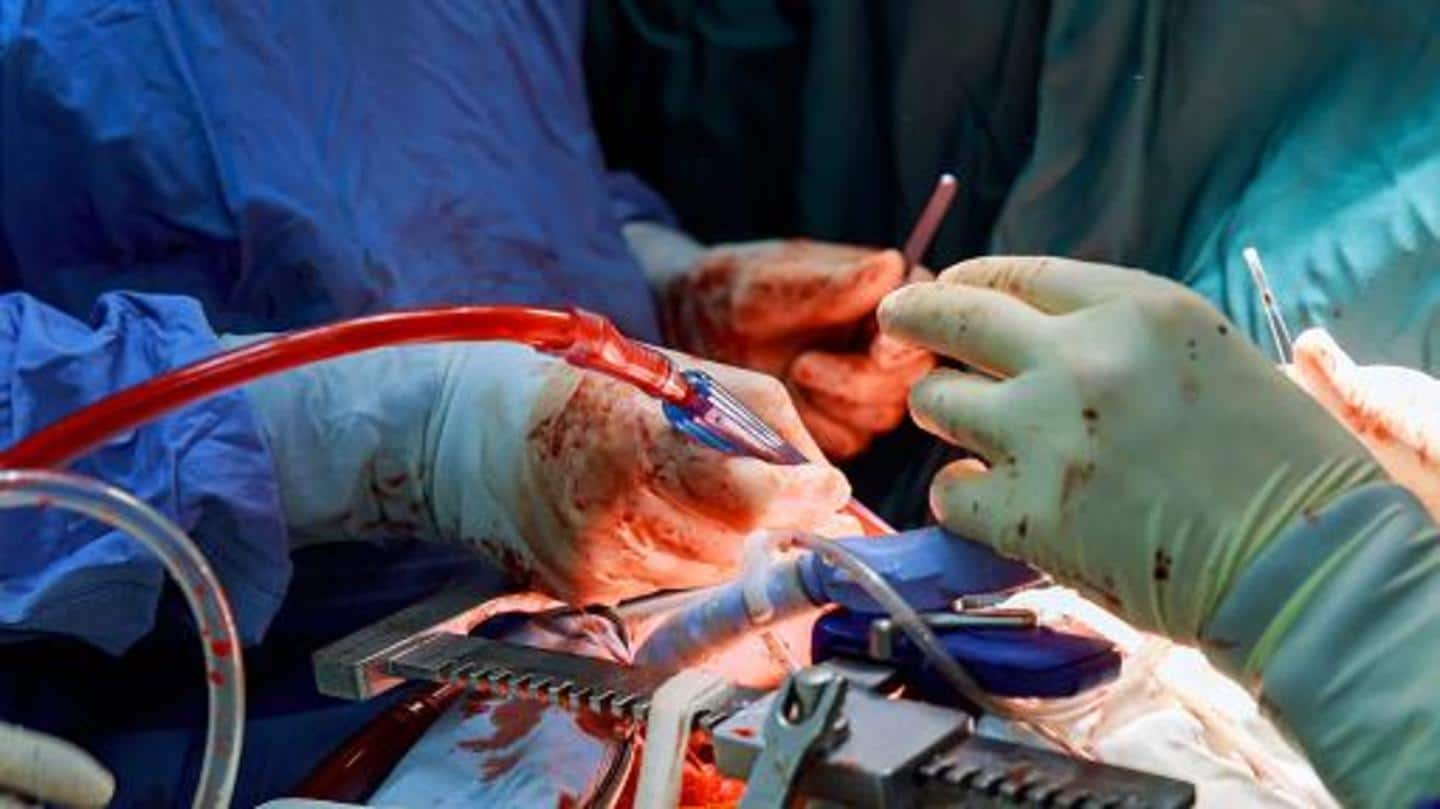
Hyderabad doctors perform cutting-edge 'breathing lung transplant'
What's the story
Doctors at Hyderabad's Krishna Institute of Medical Sciences conducted a cutting-edge "breathing lung transplant" on a middle-aged patient Saturday.
The patient was reportedly suffering from end-stage lung disease and had been waiting for a donor's lung since August.
This is a major achievement as only a handful of nations—the United States and Canada—have conducted such a transplant so far.
Here are more details.
Context
Why does it matter?
The process helps increase the time available between the harvest of the organ and the transplant.
It also increases the recipient body's ability to accept the organ more easily by removing infection and "wastage" in donated lungs.
Notably, "wastage" happens due to infection and collapse of internal parts.
The development brings hope to many as nearly 80% of India's transplant operations happen in Hyderabad.
Definition
What is a 'breathing lung transplant'?
A "breathing lung transplant" involves preserving the functions of donors' lungs while they are being transported.
A donated lung becomes "breathing" when it is put into a hermetically-sealed machine called the "organ reconditioning box."
Thereafter, the organ is treated with a nutrient solution containing antibiotics and other necessary fluids that flush out infections.
Process
What is the procedure?
The process of making a donor's lung "breathable" involves making the organ breathe artificially through a ventilator that invigorates collapsed portions.
It also involves cleaning out air passages through bronchoscopy.
Several tests can also be done simultaneously to further assess and enhance the performance of the lung.
A team of various specialists monitors the whole process closely.
Benefits
How does it help patients?
Such a transplant reduces the risk of organ rejection and ensures durability.
The process reduces injury to the lung from cold ischemic transport in an icebox, said Dr. Vijil Rahulan, the chief transplant pulmonologist at KIMS Institute of Heart & Lung Transplant.
It also conditions the lung with "growth factors to enhance lung function and to reduce edema of the lung," he added.
Quote
'Process increases usable organs by 30%'
This process is part of the "organ regeneration concept" and can provide "best results in the long term," said Program Director Dr. Sandeep Attawar. It also increases the number of usable organs by 30%, he added.